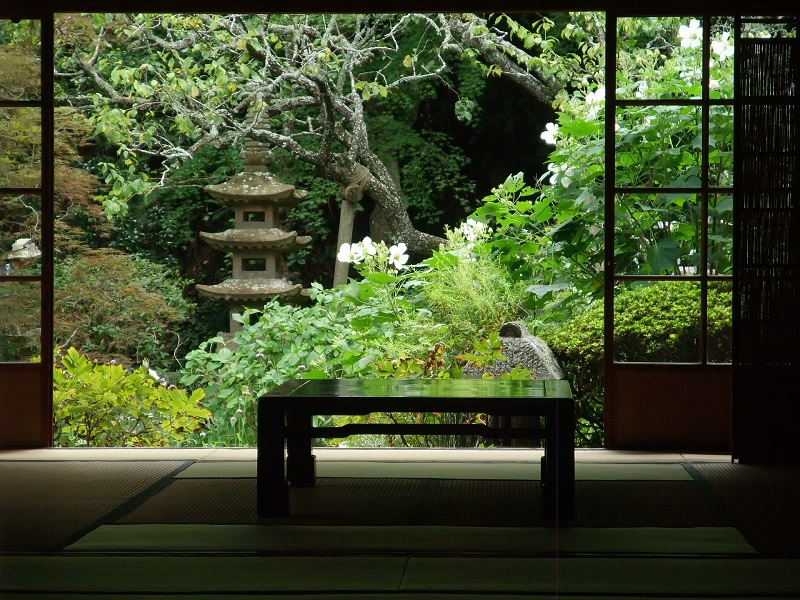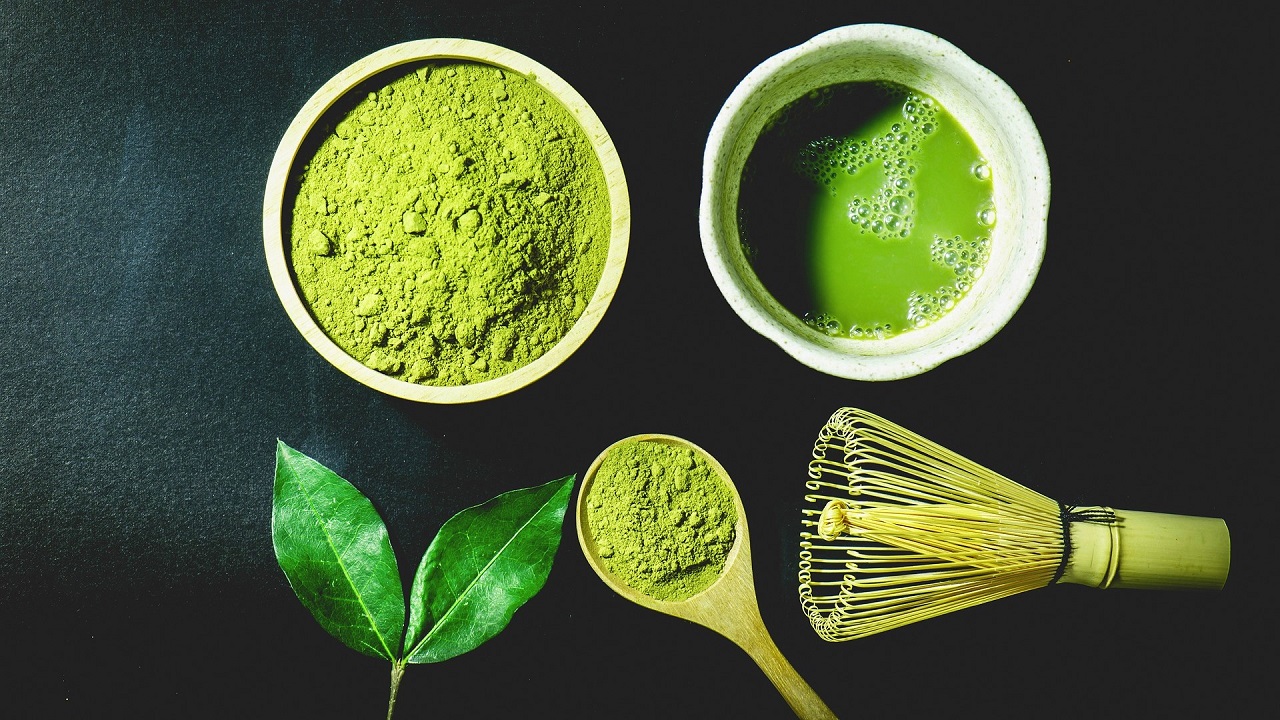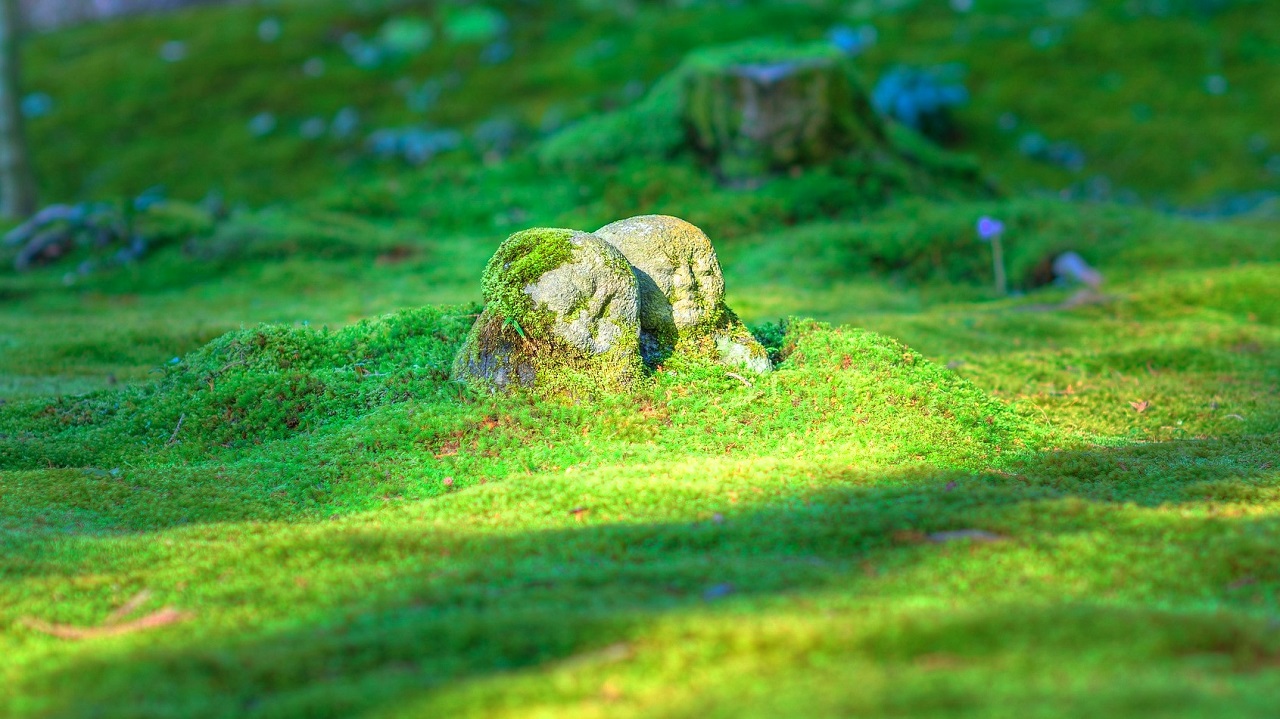Japanese Tea Ceremony
There is a traditional tea ceremony called Sado in Japan.
Sado, also called Chado or Cha no yu, is the traditional etiquette of preparing and drinking tea when one has guests.
In Sado, special powdered tea called Macha, different from ordinary Japanese tea is chiefly used.
The powdered tea is put into a tea bowl, hot water is poured on it, it is whipped with a bamboo whisk till it foams and it is drunk.
In the Sixteenth century, Sen-no-Rikyu brought Sado to perfection by incorporating the simple aesthetic values known as Wabi (subtle taste) and Sabi (elegant simplicity) and the concept that every single encounter never repeats in a life time ( Ichigo ichie 「一期一会」).

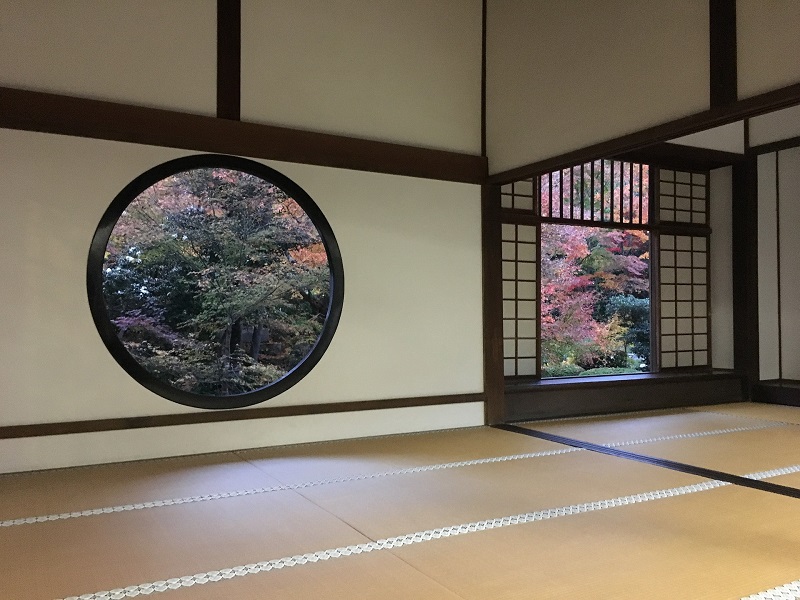
To make the encounter important, Teishu (the host of Sado ceremony) prepares with deep sincerity implements such as a hanging scroll or flowers to put in the alcove or the tea bowls.
From such activities, meanwhile, the guests know the host’s warm hospitality and are filled with gratitude.
The spirit of Sado is based on Zen Philosophy.
During the Kamakura period, Zen Philosophy became popular in Japan,so did Sado.
In Azuchi-Momoyama period, Sen-no-Rikyu invented “Wabicha” which became the origin of modern Japanese tea ceremony.
The act of making teas is called “Otemae.
” Teisyu brings Sado tools to make teas called “Macha”.
He cleans the Macha bowl and pours some hot water to warm up it.
Then, he adds Matcha, a powdered green tea in the tea bowl, pours hot water, stirs with a bamboo whisk called “Chasen” and serves it to his guests.
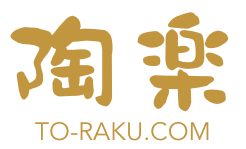
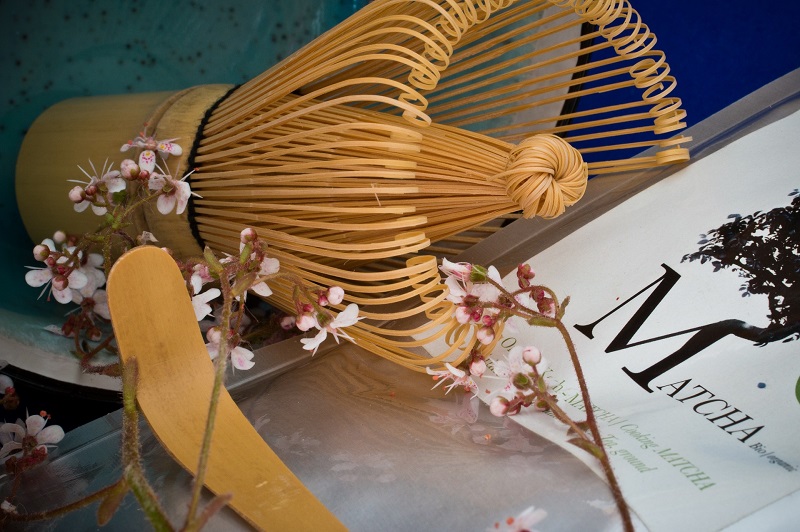
When you receive the tea bowl, you must bow first.
Before holding the bowl, you must say “Otemae itadakimasu”(which means I will have the tea you made wholeheartedly) to Teishu.
You pick up the bowl with your right hand and put it on your left hand.
Then, turn the bowl twice clockwise.
Sado is based on Japanese spirit of hospitality.
Wabi-Sabi are Japanese senses of beauty, which mean “Beauty within simplicity.
” Wabi means “Something simple” and in Sado, it means “Beauty from simplicity.
”Wabicha is a type of tea that is simple in every way.
It minimizes the use of tools and puts an emphasis on simplicity to express quietness.
Sabi means the beauty from serenity that comes with age.
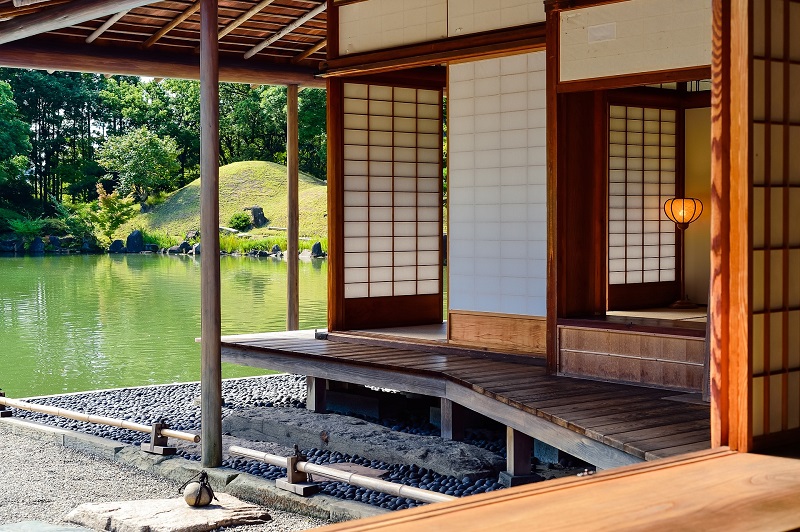
Sen no Rikyu is the most famous tea master in past japan, who invented “Wabicha”,which became the origin of modern japanese tea ceremony.
Sen no Rikyu also introduced“Shiki shi-chi soku,”the rules of tea ceremony.
Shiki refers to the spirit of“Wakei sei-jaku.”
“Wa, Kei, Sei, Jaku”form the basic philosophy of Sado, stating the importance of purifying the atmosphere of the ceremony to soothe the guest’s heart.
“Wa”: Open each other’s heart.
“Kei” : Respect each other.
“Seu” : Purify your surrounding and your spirit.
“Jyaku”: Maintain a spirit of quietness.
“Shichi soku”are the seven rules that Teishu must follow when welcoming guests.
One: Make teas as if you understand your guest’s feeling.
Two: Prior to the ceremony,Teisyu must be prepared for the ceremony called“Chakai”.
Three: Feel the beauty and the dignity as it is.
Four: Serve your guests to match each season.
Five: Don’t rush the time.
Six: Be prepared for the worst situation.
Seven: Greet your guests from bottom of your heart.
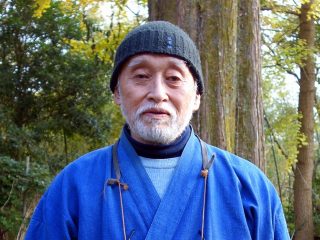
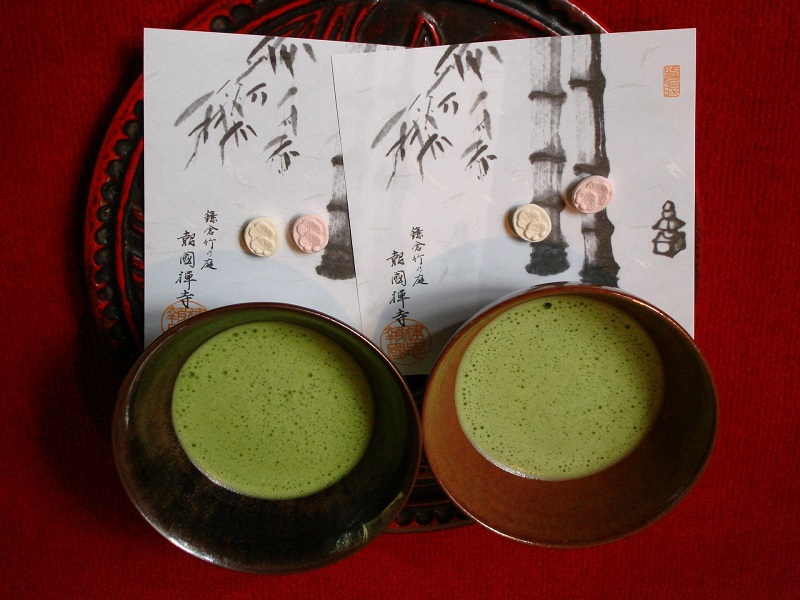
Tea lunch 懐石料理
Kaiseki refers to a heated stone that a Zen priest holds to warm the chest.
Just as a small stone cannot sufficiently warm the body, neither can this cuisine, with its small amount of food, sufficiently satisfy an empty stomach.
It is mainly the simple meal served before having tea at a tea ceremony.
The art of the tea ceremony, based on the spirit of Zen Buddhism,aims at simplicity.
Accordingly, this cuisine also excludes meat and centers on a vegetable diet.
However, the kaiseki ryori served at restaurants is removed from the spirit of Buddhism and, instead of simplicity, only appears to have a rivalry of flavors all the time.
